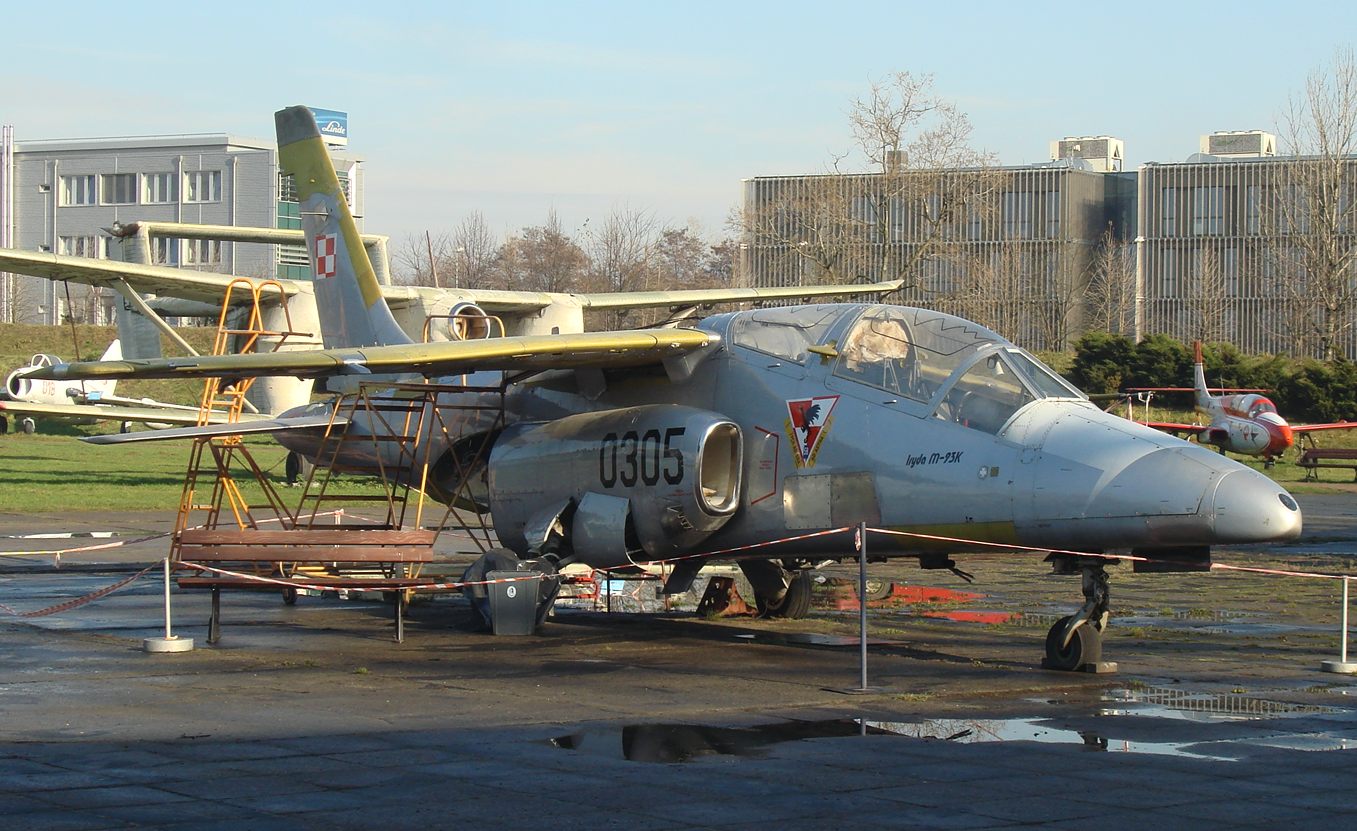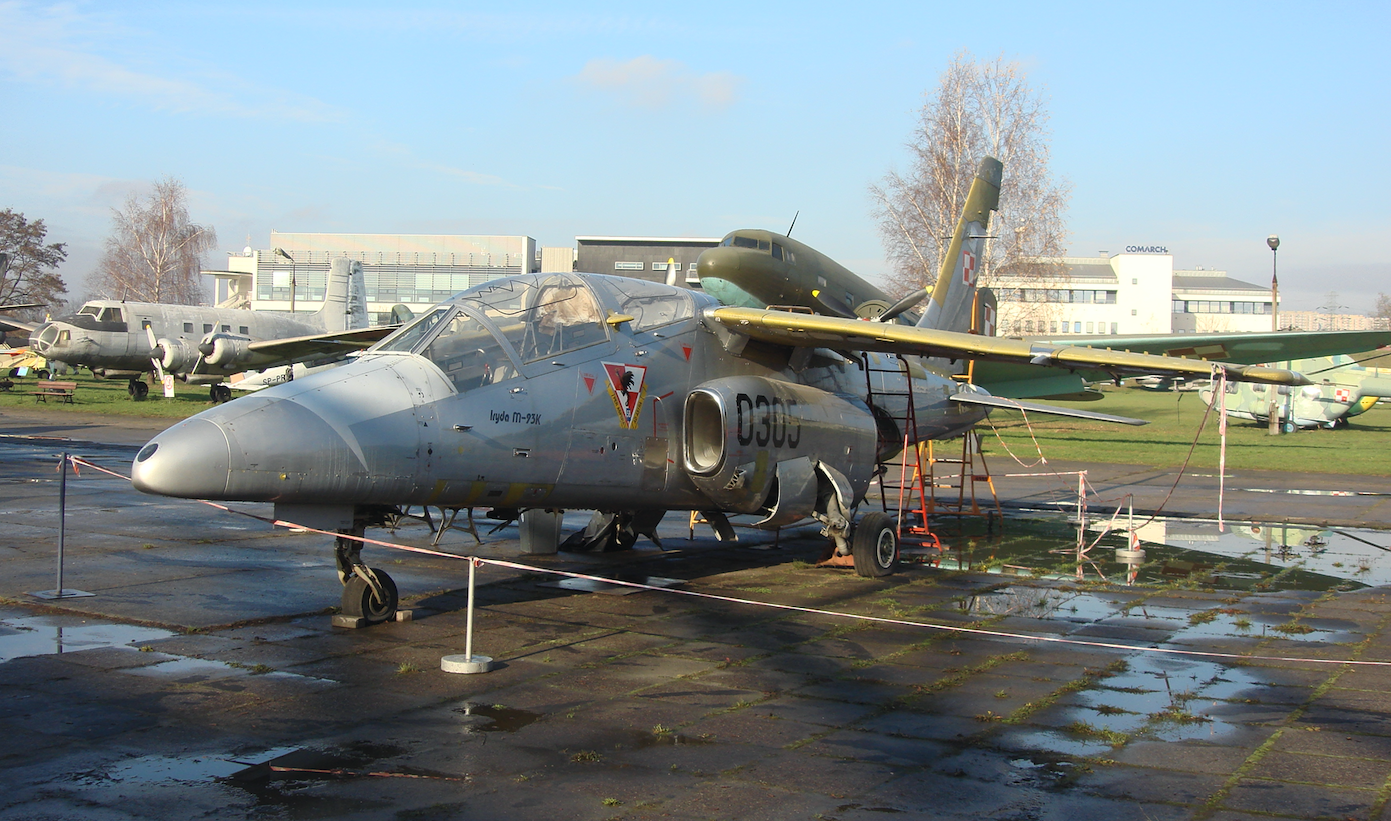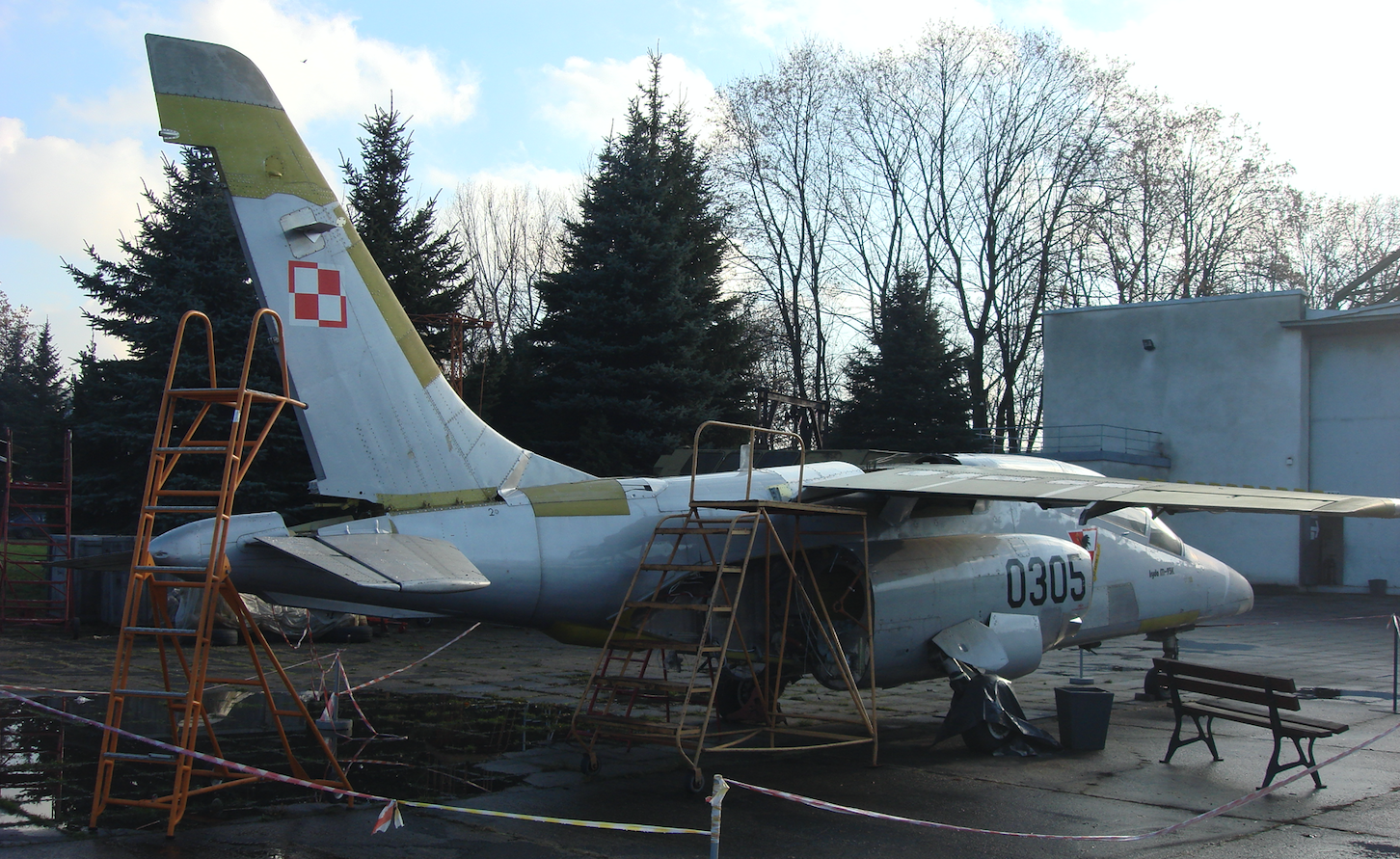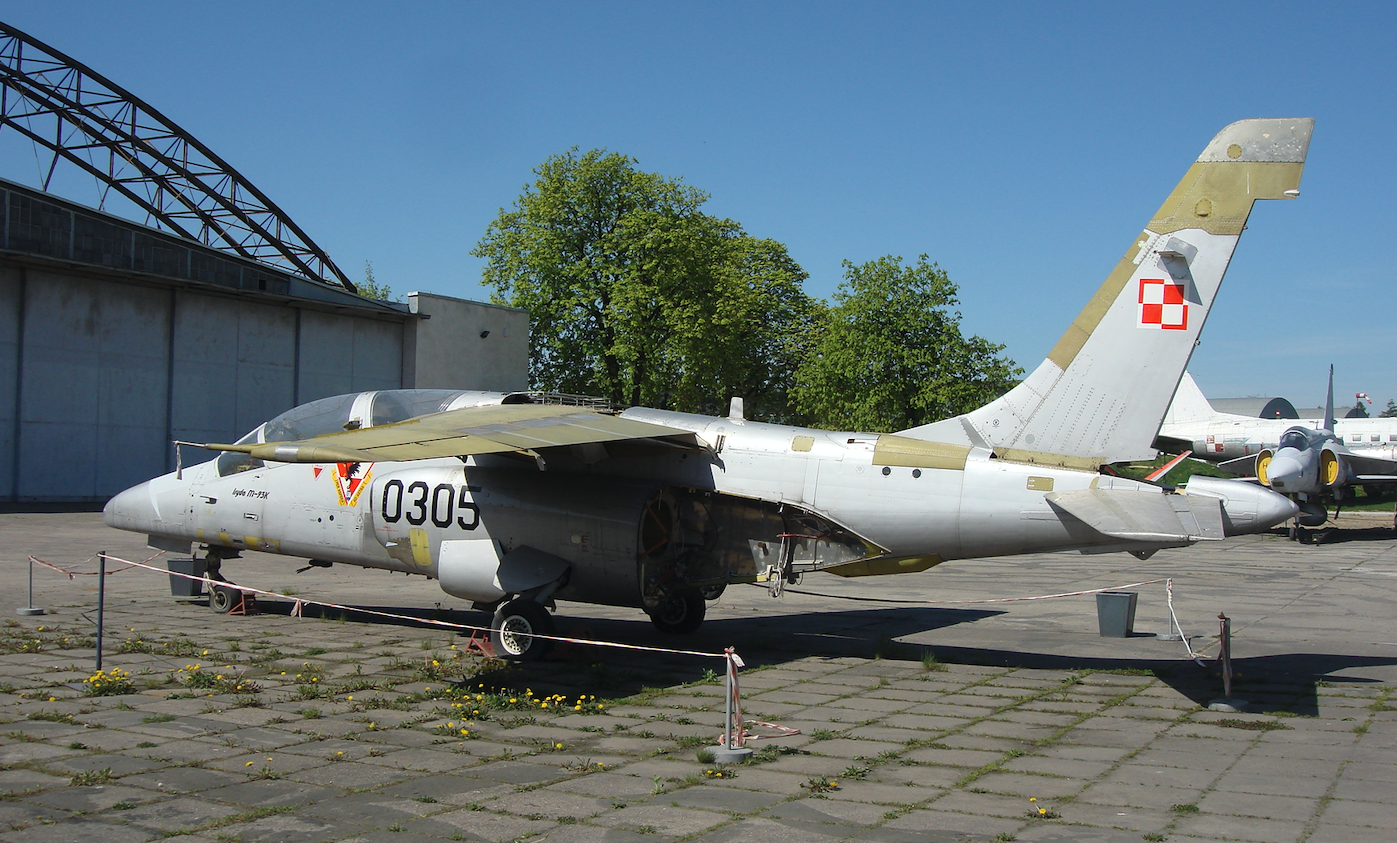Kraków 2008-07-30
Destruction of Polish aircraft and Polish industry.
The PZL I-22 Iryda was probably the last training and combat aircraft developed by Polish designers. A plane that was needed on the one hand and unwanted on the other. Following his over 20-year career, one gets the impression that he arose from rape and was later aborted.




But from the beginning.
Program I-22 can distinguish three distinct stages;
The first stage lasted from the beginning of the Program (1972) until the end of the 1980s. At that time, a group of high-ranking people in the enslaved communist country tried to forge some independence from the CCCP. They followed in the footsteps of their predecessors who developed such designs as the Lim-6 and TS-11 Iskra. Unfortunately, the bar was probably set too high in this period. Believing in the superiority of socialism over capitalism, the new structure was to meet requirements that were not met by Western combat aircraft at that time. The possibilities of the Polish Industry were overestimated, as it was unable to complete some of the sub-topics, although it did an excellent job with many, such as the rescue system. It is a pity that during this period the power unit was imposed from the top. No decision was issued to work on afterburners for engines. Therefore, there was a constant lack of power to effectively perform the tasks set for the construction in the WTT (tactical and technical requirements). And the most important thing. We wanted to develop all of this for incredibly little money. A similar design, the T-4 aircraft being developed at that time in Japan, cost at least 4 times as much. In the command-and-control economy, it was a huge success anyway that it was brought to the implementation stage. Besides, it wasn't one version, but six versions; basic two-seat, basic single-seat, development (reinforced) two-seat, development (reinforced) single-seat, reconnaissance and towing. Let us also not forget about potential foreign markets. There are countries that see Poland as a good partner.
Second stage from 1989 to around 1994. During this period, the Program was greatly accelerated. The socio-economic changes in Poland have created from people a huge potential of faith and hope for better times. All institutions associated with the Program have done a solid job. In 1992, the first machines were put into operation at the Eaglets' School in Dęblin. The K-15 engine became a mature design and mass production could be started. The door was not closed to solutions from the West. Rolls-Royce engines were tested. The combination of the M-93 airframe, K-15 engines and avionics from the French company Sagem was a great success. In terms of navigation, this plane flew like a string, and its unguided weapons hit the ground targets better than the Su-22 M 4 with guided weapons. In our opinion, it was a version that should go to Polish Aviation in the amount of at least 40 machines, and then with high probability for export. And what? Thread.
The last stage from 1994 to 2008, when most of the planes were scrapped. Many, who in the 1980s had their mouth full of Solidarity already in 1994, undertook simulated actions to continue the Program and its implementation into service. New and better aerodynamics and new avionics were demanded. but not from this Sagem company. The Ministry of National Defense wanted to choose an avionics company itself. It chose, and the company did not manage to complete the work successfully for two years. Work in Mielec on the M-96 version was killing the company. A perfect excuse for ending the Program was the disaster (the second in history) in 1996, in which two pilots were killed. Honor their memory! One of the very high politicians, who holds high positions in our homeland to this day (2008), showed the peak of rudeness. At the request of the crew from Mielec, in order to organize a meeting and a substantive discussion on the future of the Program, he proposed a meeting between the crew and the widows of the officers. By the way, to this day, the materials of the Accident Commission are not public, while the first disaster in 1987 is widely described. In 1998, the situation of the factory in Mielec was such that if someone placed an order for, say, 100 machines within three years, Mielec would not have completed this task.
It was widely believed that the Program failed because the plane was a failed design. This is in great contradiction with the opinions of military pilots flying the I-22 in the years 1992 - 1996 in Dęblin. These opinions are not full of admiration, but they substantively state that the design is successful, although it requires some refinement. Captain Chudzik said; "We flew on the Irydach, carrying over a ton of weapons and we had no problems." It must be added that these were opinions only about machines with K-5 engines (PZL-5 / SO-3 W 22). With the K-15 engines, the lifting capacity increased to 1,800 kg.
The K-15 engines were also subjected to devastating criticism. Unknown by name "specialists" assessed them as unsuccessful, but there were no specifics behind their innovative thoughts. An interesting opinion of the test pilot, Ludwik Natkańc, which comes from the report after the flight of the I-22 with K-15 engines in December 1992, is interesting; “The use of engines with higher thrust has significantly increased the safety of flight operations. Much shorter take-off, much faster height gain, much better performance on one working engine. On the basis of the qualitative assessment made from the plane's flight, I can state that the plane has good stability and controllability as well as safe flight properties.
Currently (2008) our unwanted child is only interested in museums and the society of Mielec, which wants to save two copies. They wish to leave one plane on the pedestal at the city limits, the other in the museum. The rest of the planes will be scrapped.
This is how the story of the plane that should be proud of the whole country ends.
PS.
As PS, we will quote the source - mediapodkarpackie.pl / Regionalny Wizjer
“Mielec copies left the city, the army took them to Kutno, where they are to be scrapped. It was like a funeral. The convoy taken from Mielec Iryd noticed many inhabitants of Mielec on the streets of the city or on access roads. Everyone said that they felt like at the funeral of a loved one. This plane has become a symbol of the fight for a better future for the city. Although the aviation plant in Mielec was finally saved, the war to continue the Iryda program was lost. But the Mielec town hall and PZL did not allow the town to be forgotten about Iryda. Two planes were saved. One will stand on a pedestal by the road from Rzeszów to Mielec. Probably right next to the roundabout at the intersection of Wolności and Partyzantów streets. The city donated PLN 10,000 for this purpose. The second machine will find its place in the "home". A small museum is being built at the Polish Aviation Works. Apart from Iryda, there will also be 7 other machines produced in Mielec. The presentation is scheduled to open this summer."
Written by Karol Placha Hetman
